An exhibition themed around Angus birdlife, history and heritage – and featuring the artwork of 159 children – launches at the National Trust for Scotland’s House of Dun. Gayle Ritchie finds out more.
Birds are big news at historic House of Dun in the heart of Angus.
The striking Georgian mansion boasts superlative views across Montrose Basin, renowned for its rich birdlife, and has an impressive hoard of avian-themed furniture and decor squirrelled away inside.
Renowned poet Violet Jacob was born at House of Dun in 1863, 160 years ago, and themed much of her work around the natural environment, including The Wild Geese, a poem that describes the sight of thousands of birds in flight journeying home to Angus.
An exhibition launching today (April 22) – on Earth Day, a celebration of the natural world and a call to arms to protect the planet – sees the bird-themed work of around 160 local school pupils showcased at the National Trust for Scotland (NTS) property.
Evocatively titled Flock to House of Dun, the exhibition is a feast for the senses, with 159 stunning “imaginary” birds created by pupils flocking together as stars of the show.
The birds have been stuck together in groups on to “mobiles” that will be strung up around the courtyard, either floating from trees or held up by stakes in the ground.
They’ll move ever so slightly in the breeze, affording a sense of birds flying and flocking together.
The exhibition also includes stories and poetry written by pupils focused around local birdlife.
Abundance of birds
Inspiration for the project hails from the rich variety of bird species that feed and roost in Montrose Basin and the abundance of birds in House of Dun’s collections of art and artefacts, plus Violet Jacob’s poem.
Weaving together these different strands, the team at the property hosted a series of creative workshops and outdoor activities for pupils with a creative practitioner and the Trust’s local rangers, supported by Scottish Wildlife Trust.
The Flock to House of Dun project was conceived by Sarah Cowie, senior heritage learning advisor at the NTS, and Scott Byrne, operations manager Angus for the NTS, and supported by visual artist Sarah Diver Lang.
“We have such a fantastic aspect overlooking Montrose Basin – it’s hugely significant in terms of pink-footed geese and all sorts of wading birds, sea birds, red kites and sea eagles,” says Scott.
“Meanwhile, inside House of Dun, there are many imaginary birds – whether taxidermy, embroidered or decorative examples.
“We invited young people to come and do their own birdwatching, and then to get stuck into workshops in which they imagined all sorts of birds.”
Educational environment
The NTS partnered with Scottish Wildlife Trust to deliver workshops and activities for pupils, educating them on the environment that surrounds them alongside the history of the 18th-Century Georgian country house.
These included indoor sessions looking at how birds feature in the House of Dun collections – from parrots and macaws hiding in tapestries to bedding embroidered with exotic beds and an ostrich-themed candelabra – alongside outdoor sessions in the neighbouring Montrose Basin.
They were then given a “steer” by visual artist Sarah Diver Lang in their mission to invent imaginary birds.
“They imagined where birds’ eggs might hatch, what the eggs would look like, where they’d make their nests, what they’d eat, what their wings, beak, body and legs might look like, and so on,” Scott explains.
“That helped them form ideas – striking and memorable ones.
“Their imaginary birds might incorporate the tail of an eagle perhaps, or the leg of an ostrich, and ultimately resulted in this stunning ‘flock’.”
The pupils also made marbled eggs, which Scott describes as “jewel-like”. These will be on display in paper form.
Scott is hugely excited about the launch day – today – and hopes people do indeed flock to the venue.
The exhibition offers so much more than just artwork, he says, adding: “There are so many strands.
“There are some poetic elements, with pupils being inspired by Violet Jacob’s The Wild Geese, as well as biodiversity, habitat loss and environmental elements.
“Ultimately it all ties in with museums and galleries, and our mission to enable more people and communities to access our properties.”
Scott says while there had been a “gap” in the engagement of museums and galleries with schools thanks to the pandemic, the team at House of Dun are hugely excited to be reconnecting.
“We hope the schools that took part feel a real sense of pride,” he enthuses.
“Most of the young people had implicit knowledge of Montrose Basin but didn’t necessarily make the connection with House of Dun.
“It’s important that the house should be part of their community and environment, and that they recognise they can come here and enjoy it.
“Ultimately, they’ve made this amazing artwork and they’ll be able to invite friends and family along here to show what they’ve made.”
The hope is that the project will encourage more young people and schools to visit NTS properties.
There are three in Angus – House of Dun, Barry Mill and JM Barrie’s Birthplace.
“House of Dun has a very special position in relation to Montrose Basin and we want to make it open and accessible to all,” adds Scott.
Uniting museums and schools
Supported by funding from The Wild Escape – a major new initiative uniting hundreds of museums and schools in a celebration of UK wildlife and creativity – the Flock to House of Dun project features artwork from Lochside Primary School, Borrowfield Primary School and Southesk Primary School.
The Angus National Trust for Scotland Members’ Centre also supported the project, donating £850 towards coach travel for the participating schools.
Borrowfield Primary 5/6 teacher Rachel Greig said her pupils were hugely excited and inspired by the project, adding: “It really got them thinking and talking about birds. It stirred their imaginations and they came up with lots of fantastic ideas.”
Sarah Cowie, senior heritage learning advisor at the NTS, said: “We are thrilled to be launching our Flock to House of Dun exhibition and sharing the incredible art produced by pupils from across Angus.
“With unparalleled views across the Montrose Basin, which is home to over 100,000 migratory birds, and a wealth of related assets in our collection, we knew our project at House of Dun needed to focus on birdlife and we are delighted to see the creative interpretations the school children have produced.
“Most pupils, although they lived locally, had not been inside House of Dun before.
“Seeing their faces as they got to explore our amazing objects and find spectacular creatures in our collections was a special moment.
“As part of our 10-year strategy, Nature, Beauty and Heritage for Everyone, we set out our ambition as Scotland’s largest conservation charity to make our places, collections and natural heritage accessible to everyone.
“Through projects such as Flock to House of Dun, we not only achieve this but we are also able to engage the younger generation with our built heritage, the natural landscape and wildlife we’re so fortunate to be surrounded by.”
With stunning vistas overlooking Montrose Basin and set amid glorious gardens and woodland, House of Dun is every inch the perfect 18th-Century laird’s home – and a fantastic day out for all the family.
Built in 1743 to replace the medieval tower house that had been home to the Erskine family since 1375, the house is filled with treasures that tell the stories of the people who lived here.
- Flock to House of Dun can be viewed free of charge in the courtyard at House of Dun during opening hours – 10.30am to 4.30pm, Wednesday to Sunday – from April 22 until May 21.
- The courtyard houses the Angus Folk Collection, too, which visitors can enjoy at no extra cost. Access to House of Dun and guided tours of the historic house are available to non-members from as little as £11.50 and free of charge to NTS members. Find out more at nts.org.uk/house-of-dun
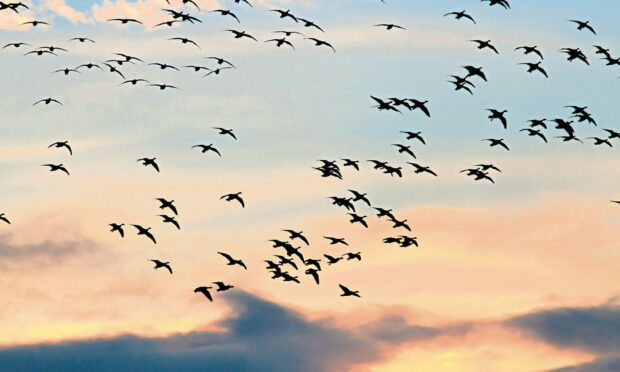
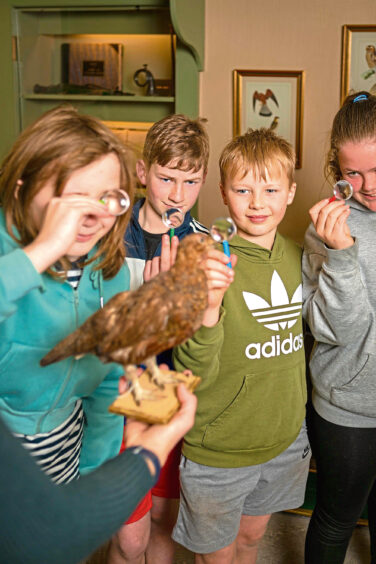
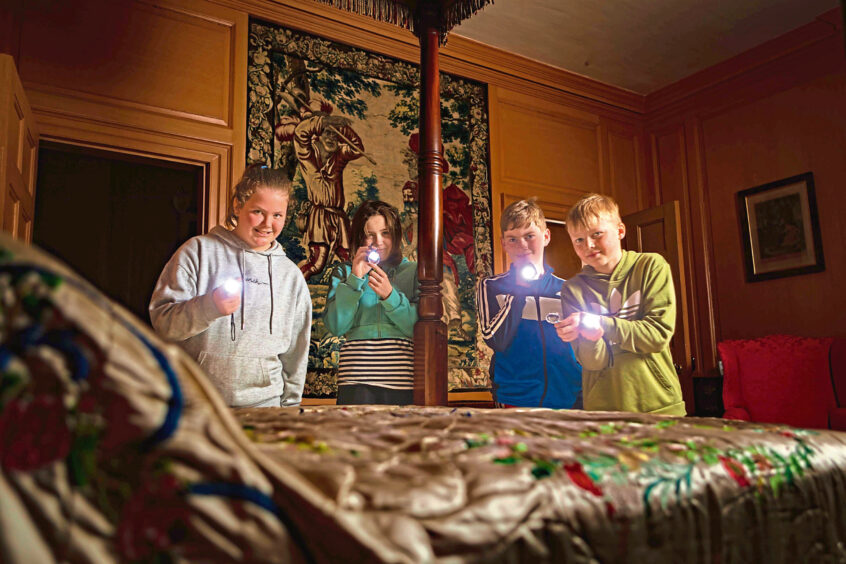
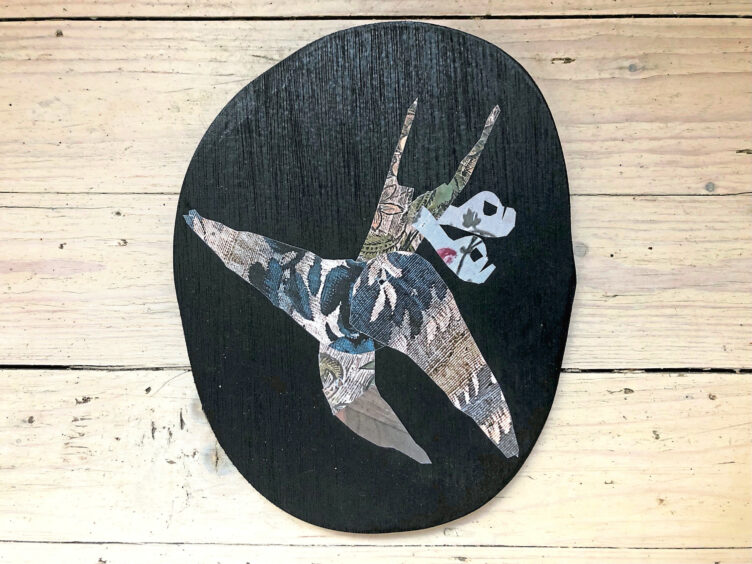
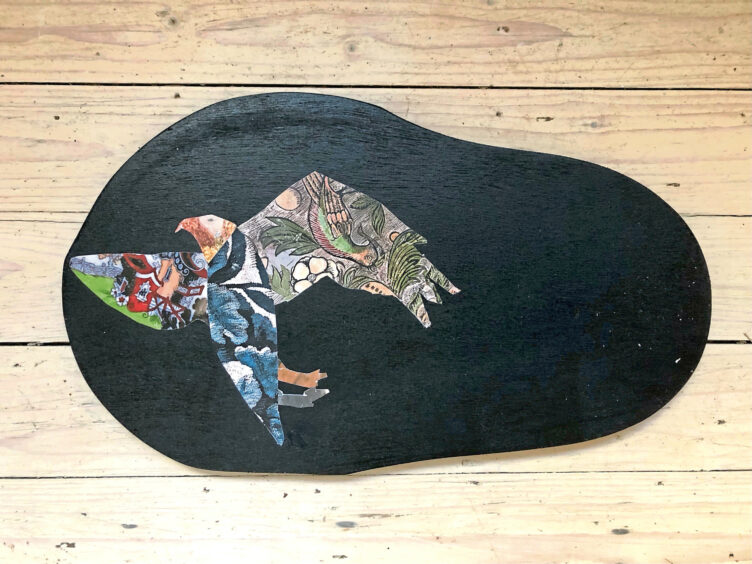
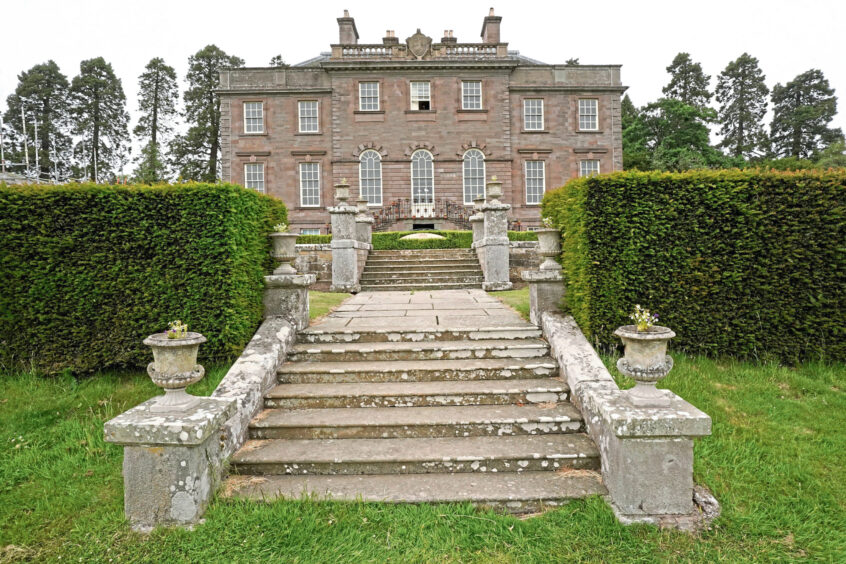
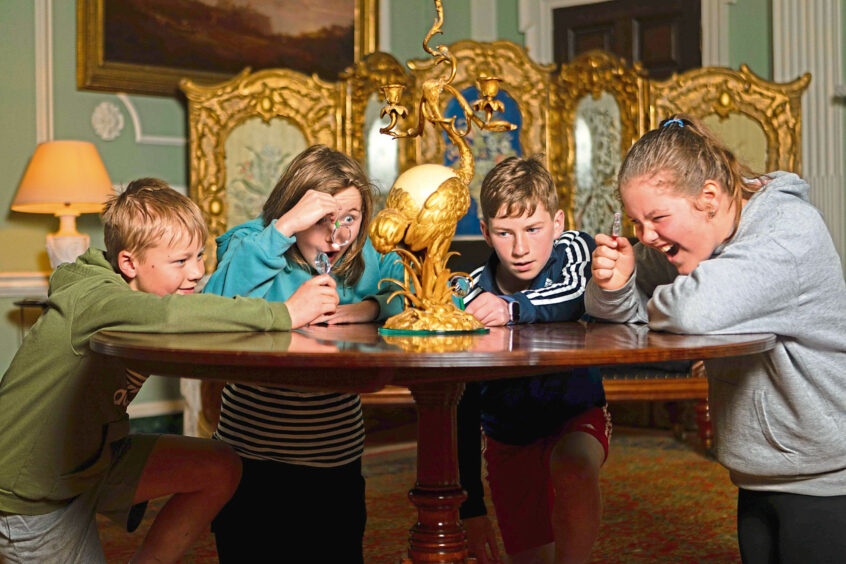
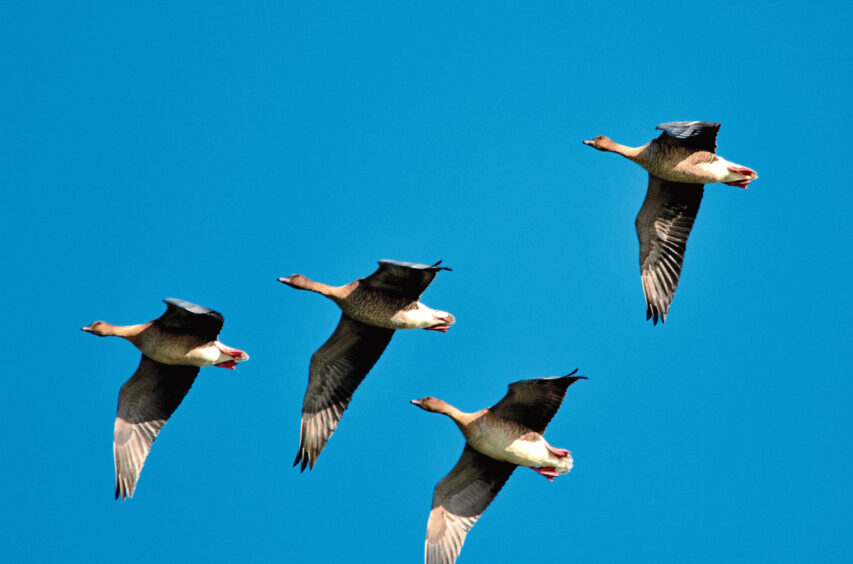
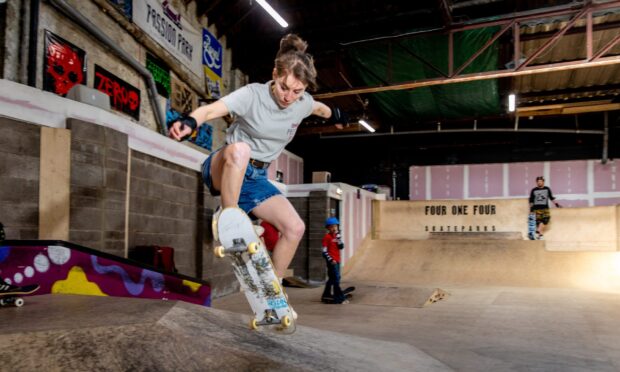
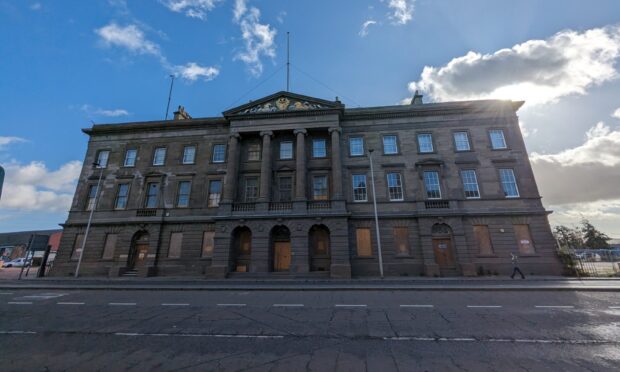
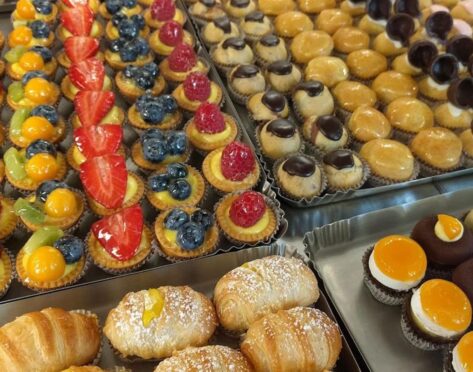

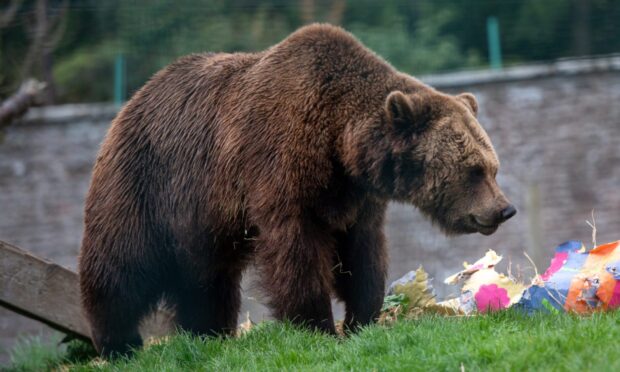
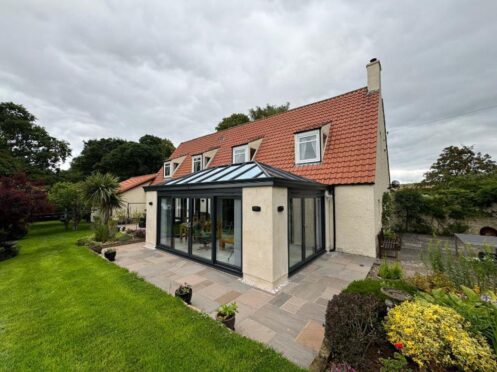
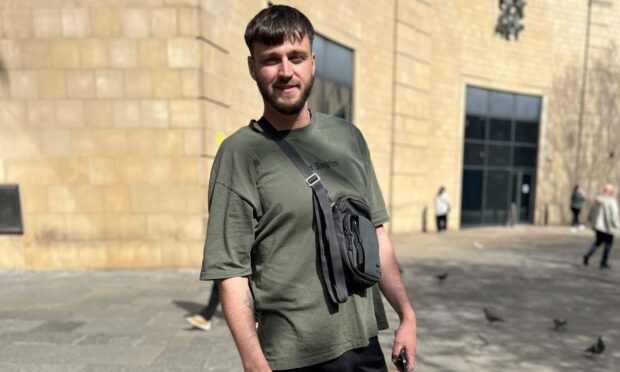
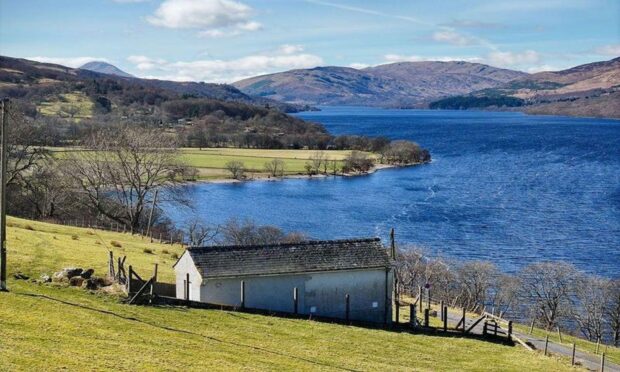


Conversation